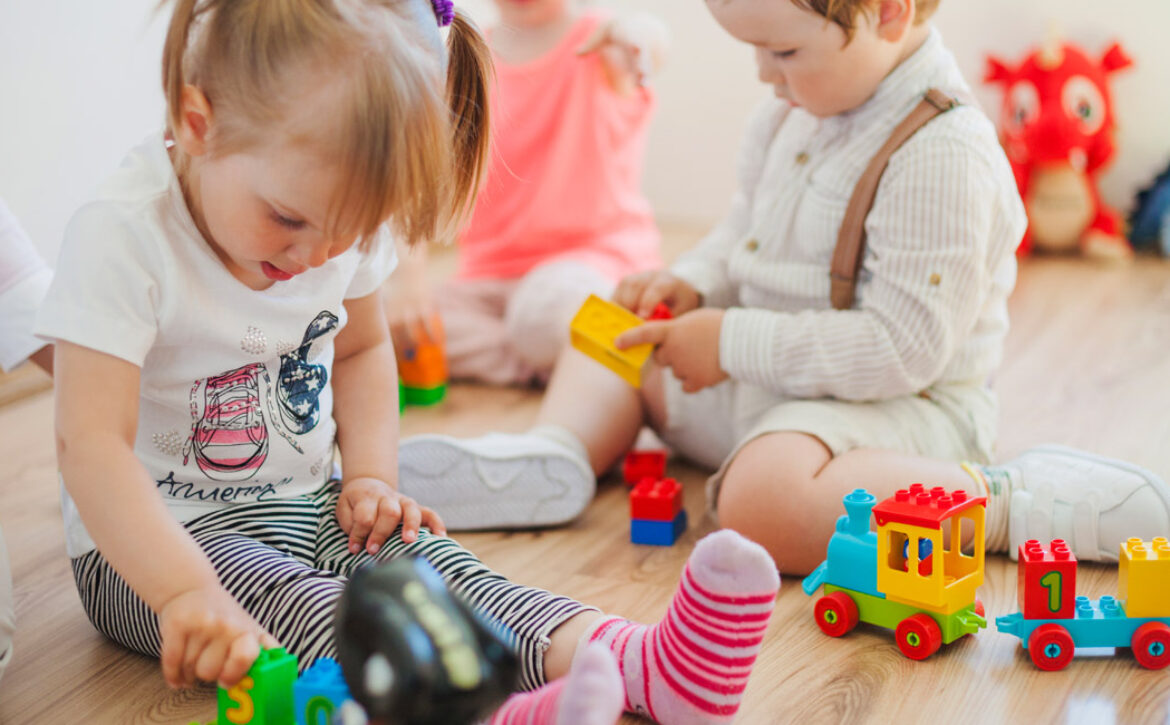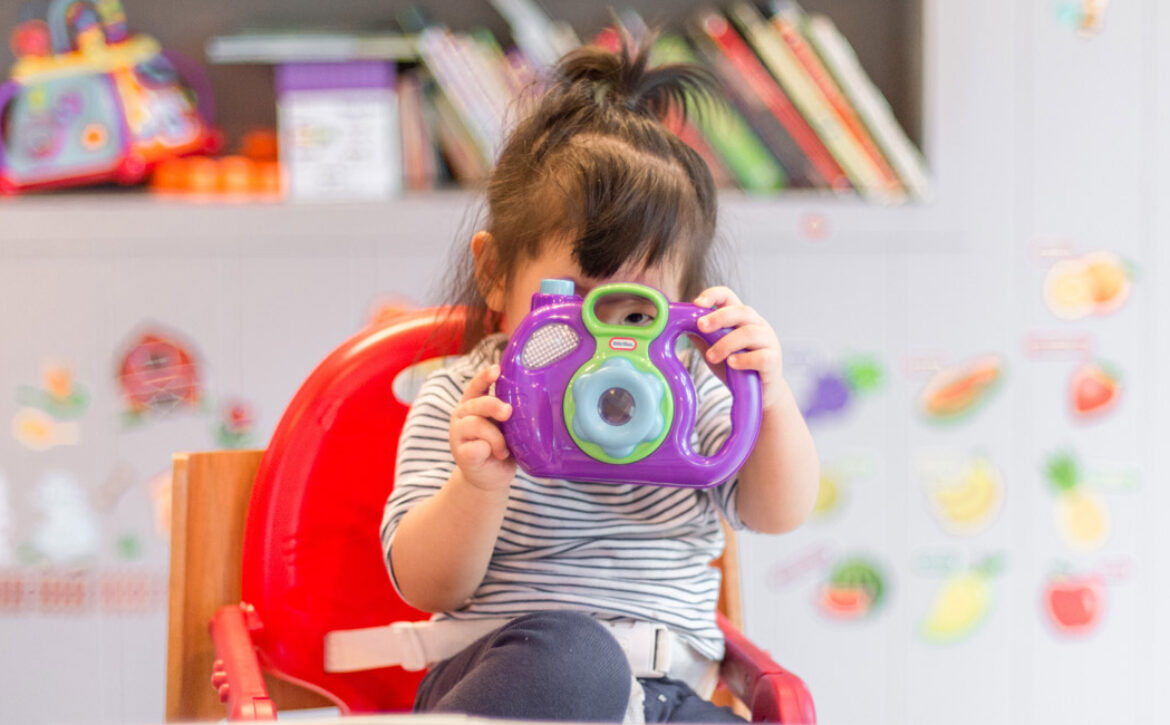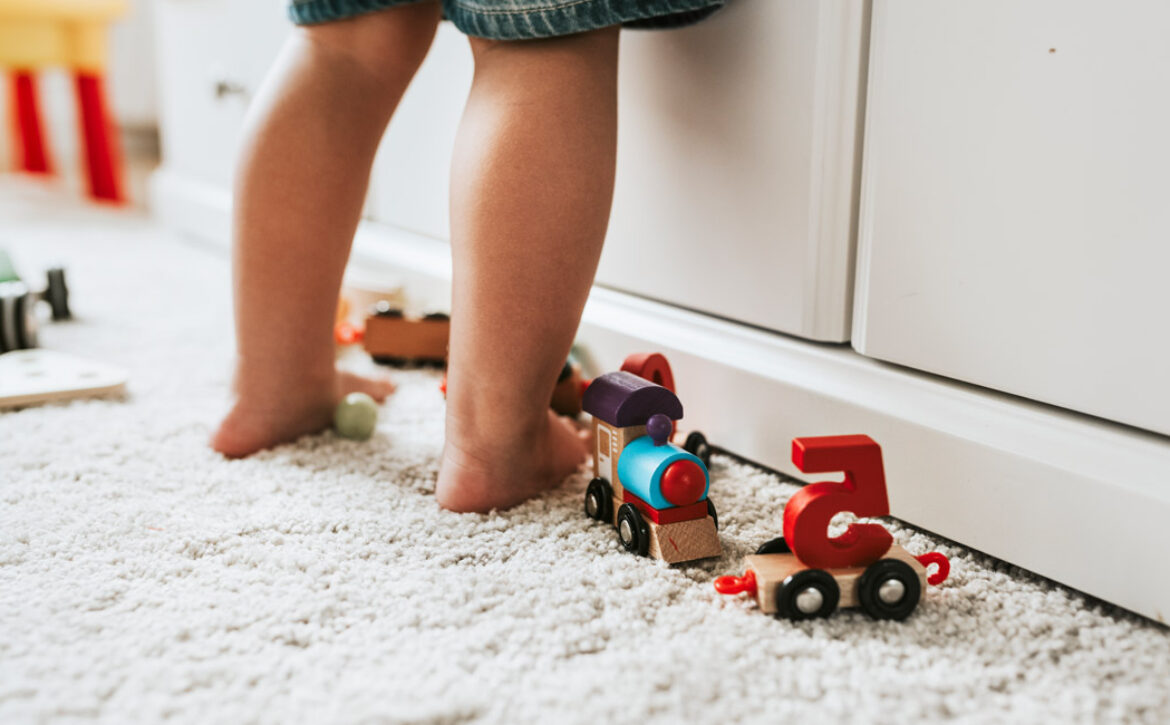Make Your Home A Hub Of Knowledge
Make Your Home A Hub Of Knowledge

Children engaged in structured home learning environments can exhibit higher levels of self-directedness and creativity.
Creating a stimulating learning environment in your home is not just about enhancing academic performance; it’s about leveraging the considerable amount of time children naturally spend at home to support continual learning and growth. Given that home is where children feel most comfortable and safe, it presents a unique opportunity to integrate learning seamlessly into their daily routine.
A dedicated learning space within the home serves as a constant beacon of curiosity and education. This isn’t merely a spot for homework; it’s a safe haven where children can explore new concepts, experiment with ideas, and engage with materials that spark their interest at any time. This space becomes synonymous with discovery and is always accessible, ensuring that learning doesn’t only happen during school hours but becomes a continuous, integral part of everyday life.
Here are a few steps to effectively create such an environment and the benefits it can offer to your child’s development:
Designate a Learning Space

A designated corner that is consistently used for study can help children focus, organise their work, and establish a routine that supports educational success.
Establishing a specific area in your home dedicated to learning is essential for creating a stimulating environment. This space doesn’t require a large footprint; a quiet corner or a small table can be transformed into a productive learning area. Consistency and personalization are key.
Choosing the Right Spot
Opt for a location away from high traffic and distractions such as TV or household noise. A spot with natural light is ideal, as it boosts mood and alertness. If space is tight, consider underutilised areas like under stairs or a segment of the dining room that can be converted during study times.
Essential Supplies
Stock the area with necessary supplies including stationery like pencils and markers, and age-appropriate resources such as books and crafts. Include tactile items for younger children and digital devices for older ones if needed. Organise these materials in labelled bins or shelves to promote order and independence.
Personalise Space
Involve your child in setting up and personalising the space. Let them choose colours or decorations, making it inviting and motivating for them to use regularly.
Make it Versatile
Ensure the space is versatile with a comfortable chair for reading and a sturdy table for writing or crafts. Adjustable lighting is beneficial—bright for study and soft for relaxed reading.
By creating a designated learning space at home, you help your child associate that area with positive educational experiences, building a love for learning and a comfortable routine for daily educational activities.
Incorporate Varied Learning Tools

Images in books help young children grasp the narrative and concepts more easily by providing visual context.
To cater to different learning styles, it’s essential to use a variety of educational tools in your home learning environment. This variety keeps learning engaging and accommodates all types of learners. Diverse Media and Materials
Books
Stock a range of genres, including picture books for younger children and chapter books for older ones, along with educational non-fiction.
Interactive Games and Puzzles
These help develop critical thinking and problem-solving skills and are great for kinetic learners.
Art Supplies
Enable creative expression and enhance fine motor skills with materials for drawing, painting, and crafting.
Technology Integration: Educational Apps
Choose from numerous apps designed to enhance learning in maths, language arts, science, and more.
Online Resources
Leverage websites and platforms for interactive lessons and virtual experiences like museum tours or science tutorials.
Practical Ways to Balance Screen Time:
- Balance technology use with screen-free activities to prevent fatigue and promote physical activity.
- Schedule regular breaks from screens, and encourage activities like reading physical books or engaging in arts and crafts.
- Use timers to manage the length of educational screen time, ensuring children also have time for physical play.
Incorporating Practical Life Skills
- Teach practical skills using everyday items, like cooking tools for teaching fractions or simple budgeting tasks for older children.
- Using a broad array of educational tools not only makes learning more fun but also enhances effectiveness by engaging different senses and learning modalities, leading to better retention and understanding of new information.



